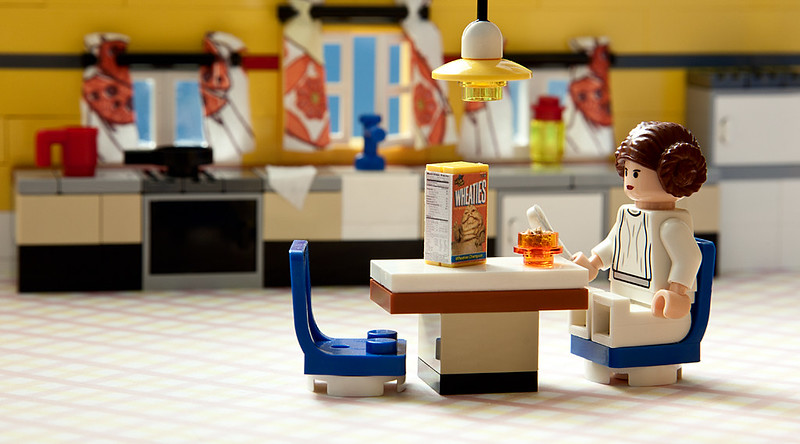Very broadly, Trademark Class 25 is for clothing and wearing apparel. According to recent studies, Class 25 is the most common (by far) Class chosen by those seeking to register trademarks in the U.S. and around the world. To be legally valid, a trademark MUST be linked to a specific trademark Class. Further, a trademark must be linked to more specific trademark subclasses (one or more). Thus, within trademark Class 25, there are hundreds of subclasses with their own subclass numbers.
Where Do the Classes originate?
The Classes used in the United States were established by an international treaty called the Nice Agreement of 1957. Nice is a city in France where the Treaty was first negotiated. The Nice Agreement has been amended several times since 1957 (and is, itself, based on older international treaties). For this reason, trademark classes are often called the “Nice Classes.” There are 45 different Classes, with the first 34 being used for different large categories of goods and products, while the final 11 Classes relate to different large categories of services. The treaty standardized the Classes so that trademarks used around the world would be classified and identified in similar manners. Under the Nice Agreement, subclasses are also given numbers. With respect to Class 25, as listed here, a few examples of subclasses include:
- 025-0131 Heels for footwear
- 025-0116 Heelpieces for footwear
- 025-0008 Heelpieces for stockings
- 025-0027 Hoods for wearing
- 025-0013 Hosiery
- 025-0121 Jackets
- 025-0089 Jerseys
- 025-0179 Judo uniforms
- 025-0178 Karate uniforms
- 025-0181 Kimonos
- 025-0163 Sleep masks
- 025-0101 Slippers
- 025-0146 Slips for underclothing
- 025-0037 Sock suspenders
- 025-0036 Socks
Trademark subclassification can be confusing sometimes, which is why it is important to have experienced Trademark Attorneys help with your trademark application. Choosing the wrong subclass can be devastating, leading either to the rejection of your application or the registration of your trademark with the wrong subclass of goods/services. For some examples of confusing subclassifications, Class 25 includes paper hats used as clothing and cloth bibs, but not paper party hats (part of Class 28), not bibs made of paper (part of Class 16), not clothing for animals (part of class 18) and not clothing for dolls or carnival masks (both part of Class 28).
In general, trademark classifications are often determined by the material being used to make the product (like cloth or paper) and by how the product is used (on a person, animal, or toy).
In the United States, most trademarks are registered by the United States Patent and Trademark Office (“USPTO”). The USPTO maintains these 45 Nice Classes and, as noted, has identified thousands of subclassifications. In practice, when applying for trademark registration, choose a broad Nice Class and then identify as many subclasses as might be used. The USPTO charges fees for each Class that is chosen by the applicant.
Contact The Trademark Attorneys at Revision Legal For more information, contact the experienced Trademark Lawyers at Revision Legal. You can contact us through the form on this page or call (855) 473-8474.




